Guest here in the blog today is again Jasmin. She shares with us in her small blog series here on Maschenfein her wool knowledge on selected topics. Enjoy reading and if you feel like it, feel free to comment, add or ask questions. Enjoy reading and hello Jasmin!
Self-knitted or crocheted garments are particularly valuable. Not only because of the fibers used, but also because of the time you invest in making these pieces. Therefore, you should not only be particularly careful in the selection of your material and the processing, but also when it comes to the care of your handmade treasures. How to care for your lovingly crafted handicrafts and protect them from moths, I tell you in this article.
Washing pattern - What do they tell you?
When you buy new yarns, it's always worth taking a look at the banderole. There you will not only find out how big the gauge is or for which needle sizes the yarn is suitable, also washing and care pattern are printed. I have compiled the most important ones for you - but you can find a detailed list on my blog.

Graphic © Jasmin Konrad
It's worth keeping these clues so you still know how to wash the piece later. I have downloaded the symbols and always make my own clue labels using iron-on film and a white fabric ribbon. I then sew these onto my finished project. That way I always have all the info in front of me when I need it.
Pure wool is antibacterial and also does not absorb odors as strongly, or they do not adhere to the fabric as long. These natural characteristics mean that you don't have to wash handmade clothes quite as often as you would have to for clothes with a high proportion of other fibers or synthetic fibers. If you have chosen yarns made of animal fibers, it is often enough to wash the clothes when they get dirty. To get rid of odors, it is often enough to air the pieces well for a few hours (sometimes even days).
What does Superwash mean?
In the superwash ("Hercosett process"), the natural fibers are coated with a layer of synthetic resin. This protects the wool better from felting. You will often find sock wool or yarns especially for baby accessories with this felt-free finish. These yarns can later be washed in the washing machine without any problems. However, the process is very time-consuming and involves some difficulties. On the one hand, the fibers partially lose their natural characteristics, and on the other hand, the coating washes out of the fibers over time. The items then become matted anyway and the wastewater is contaminated with synthetic resin particles.

Photo © Rowan
-
 Amano - Chaski18,50 €
Amano - Chaski18,50 €185,00 € for kg
incl. VAT
plus shipping costs
Delivery time: approx. 3-5 working days
-
 Sandnes - Smart6,50 €
Sandnes - Smart6,50 €130,00 € for kg
incl. VAT
plus shipping costs
Delivery time: approx. 2-3 working days
-
 Lang - Merino 1206,25 €
Lang - Merino 1206,25 €125,00 € for kg
incl. VAT
plus shipping costs
Delivery time: approx. 3-5 working days
Hand wash or not?
This is where opinions differ. Many manufacturers indicate on their labels whether their yarn is machine washable or not. I have also experienced that there are yarns that are not as affected by machine washing as by hand washing. That being said, I always prefer hand washing. But there are some things to consider here as well.
The word "hand wash" makes some people think of a woman with a washboard, who scrubs her laundry over the board with maximum physical effort. But please don't let that influence you - if you do, there's a very good chance that your handmade clothes won't survive this procedure. Hand washing should be a gentle alternative to the washing machine.

Photo © Maschenfein
Water temperature
Even if you decide to hand wash, you must pay special attention to the water temperature. This point in particular is often underestimated or not properly taken into account when washing by hand. While you can set the temperature exactly when washing in a washing machine, this is somewhat more difficult with water from the tap. It's best to get a small thermometer so you can be on the safe side.
You should also keep in mind that wool fibers do not like too strong temperature fluctuations. The risk of shrinkage is greater if you put wool fibers in water that is too hot, or quench them cold after a hot bath.
Detergent
There are now an incredible number of agents for washing clothes - for white laundry, for sportswear, or to remove special types of stains such as blood. For wool, however, it is worth investing in special agents. These wool detergents have a special pH value and do not attack the natural protective layer of the fibers as much. Here in the Maschenfein store you can find the Woolsoap by Twig & Horn as well as Eucalan, both very gentle wool detergents in different scents. You should avoid protein dissolving, bleaching or extra softening agents, because the additives can damage the fibers in the worst case, making the yarn brittle, hard or dull.
Movement
Wool fibers have a rough surface. If they are pressed into each other, they become wedged and the wool felts. To reduce this risk, you should refrain from too vigorous rolling and kneading when hand washing. Personally, I often just press the fibers under water and carefully turn the pieces so that the moisture is evenly distributed. The risk of felting also increases if the wrong water temperature or detergent is chosen.
-
 Wool & Cashmere Organic Detergent19,90 € - 29,90 €
Wool & Cashmere Organic Detergent19,90 € - 29,90 €incl. VAT
plus shipping costs
Delivery time: approx. 3-5 working days
-
 Kaëll detergent concentrate14,95 € - 29,95 €
Kaëll detergent concentrate14,95 € - 29,95 €incl. VAT
plus shipping costs
Delivery time: approx. 2-3 working days
-
 Eucalan - wool detergent7,50 € - 85,00 €
Eucalan - wool detergent7,50 € - 85,00 €incl. VAT
plus shipping costs
Delivery time: 5 - 7 working days
The wool program of the washing machine
If, after studying the yarn band, you decide that you trust the washing machine, it's best to consult the user manual to find out what all you can set on your machine.
The wool wash program is a particularly gentle wash cycle. The drum does not rotate as quickly or as frequently. The amount of water in the drum is higher so that the fibers can rub against each other as little as possible. The maximum load weight is also limited.
You should also use a special detergent for the wool program.
Properly dry damp wool
After you have washed your handmade garments, there is often the question of how best to dry them. All fibers increase enormously in weight when they are damp. To avoid warping of patterns, it is recommended to dry things lying flat. You can also read a detailed article on "Washing and stretching knits" here at Maschenfein .
To avoid the formation of bumps (which sometimes happens if you have a normal clothes rack), it is best to place a towel between the drying rack and the garment. If drying takes a long time, it is important to change the towel in between and turn the piece.
Taboo when drying wool pieces is the dryer. The warm air and the movements of the drying drum cause the fibers to mat.
I know it's very tempting to shorten the drying time and dry your handmade piece on the heater, but some fibers get dry and brittle from it. If you want to use the heater as an aid, place your drying rack near a heater, but avoid getting it too warm.

Graphic © Jasmin Konrad
With cloths, you can sometimes use the weight factor of moisture to your advantage. Instead of stretching your pieces, it can sometimes be enough to hang them out damp. However, this is not equally suitable for all patterns. Therefore, I recommend this only if you have already gained experience in stretching pieces.

Photo © Ines Grabner / Maschenfein
Storage of woolen things
In addition to washing hand-knitted clothing, there is also a little something to consider when storing them if you want to enjoy your creations for a long time.
Before you put your creations in the closet or dresser, make sure they are thoroughly dry. Wool always contains a certain amount of moisture, but the fabric should not feel clammy or damp. If you haven't washed the pieces beforehand, it's a good idea to air them out again before storing them and gently tap them to remove any dust or flakes of skin.
Store lying or hanging?
Not only damp fibers have an enormous weight. Even when dry, your garments can warp. To prevent them from wearing out, it is advisable to always store knitted and crocheted items lying flat.
Protect handmade from moths
There is probably one word that brings a cold sweat to the brow of every wool lover: "moths". These moths are not a hygiene problem, and at no point can you completely avoid these pesky lodgers. Often, it all starts with a stray female nesting in your closet or wool stash. Clothes moths love protein - wool fibers are just as good as skin flakes clinging to clothing. Nevertheless, you can take a few measures to prevent your closet from becoming a dream nursery:
Scented pillow, cedar wood and moth paper
Moths do not like intense smells. Therefore, you should equip your closet with enough scent carriers. The good old lavender sachet or a few pieces of cedar wood will help here. If you want it to be more intense, you can also use moth paper. However, please note that these products contain insecticides that you do not want to have around you. Therefore, in the best case, only resort to such means, if you do not get far with natural alternatives.
Good ventilation
If you want to protect your clothes, whether handmade or not, you should get into the habit of regularly airing and beating out your clothes. This way you will discover early on if your clothes have been chosen as a breeding ground and make it unattractive for insects to lay their eggs there - who likes restless, drafty spots?
If you're looking for more tips on what to do about moths, check out my post on my crocheted heart.
-
 Sweater Care Brush19,90 €
Sweater Care Brush19,90 €incl. VAT
plus shipping costs
Delivery time: approx. 2-3 working days
-
 Petite Knit - Lint Shaver20,90 €
Petite Knit - Lint Shaver20,90 €incl. VAT
plus shipping costs
-
 Fragrance wood hearts cedar3,25 €
Fragrance wood hearts cedar3,25 €incl. VAT
plus shipping costs
So those were my tips and information on the subject of care and storage of homemade things. If you want to learn more about moth control, I recommend Marisa's interview with the team of Perla Natura to get rid of moths? Have fun reading!

My name is Jasmin and when I'm not holed up in a wool store, I'm writing about my Crochet passion.
Originally I'm from Neu-Ulm, the city, next to the city with the highest church tower in the world and consequently grew up with the most beautiful panorama in the world in front of my nose. In real life I studied education and work as a youth social worker. In my spare time my heart belongs to photography and crochet.
 In the mood for spring? Here you can find spring yarns
In the mood for spring? Here you can find spring yarns 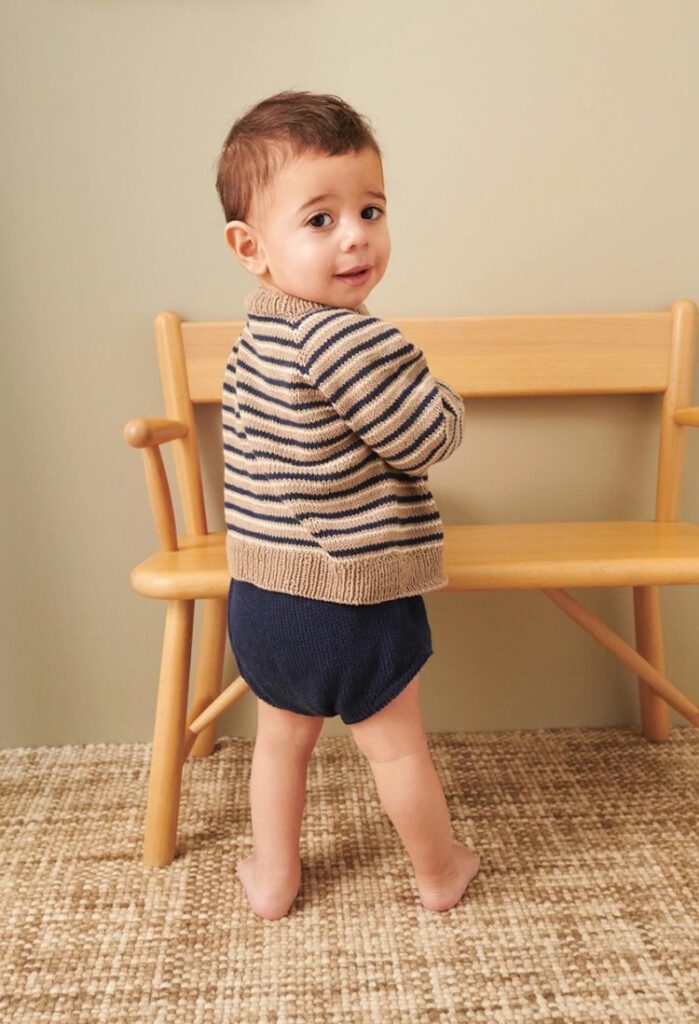 Neu - Sandnes 2407 - Sommerbaby
Neu - Sandnes 2407 - Sommerbaby  Neu bei uns - Lankava
Neu bei uns - Lankava  Hier findest du alle Maschenfein-Anleitungen
Hier findest du alle Maschenfein-Anleitungen
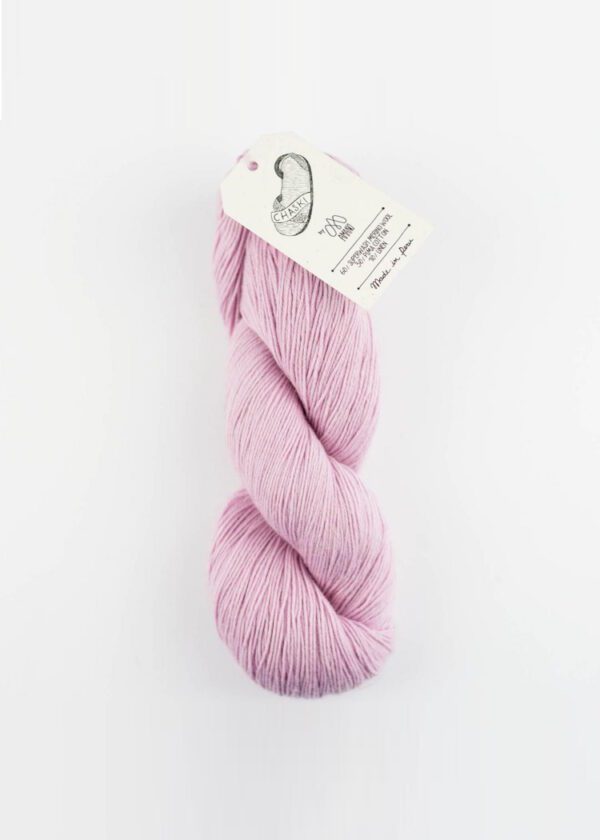
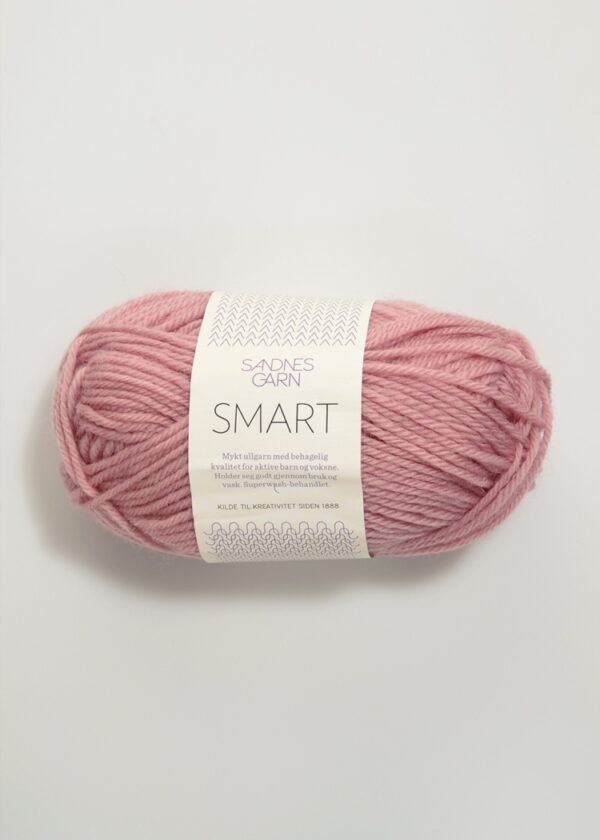
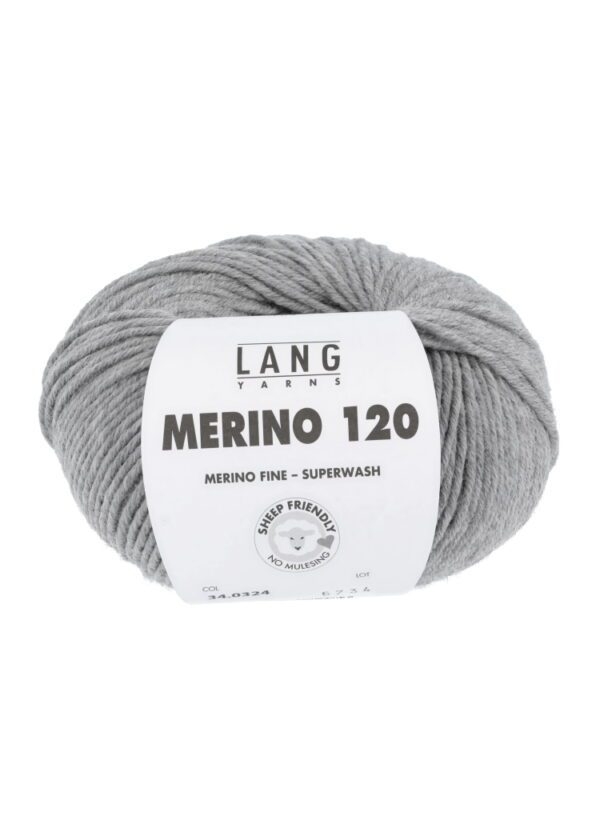
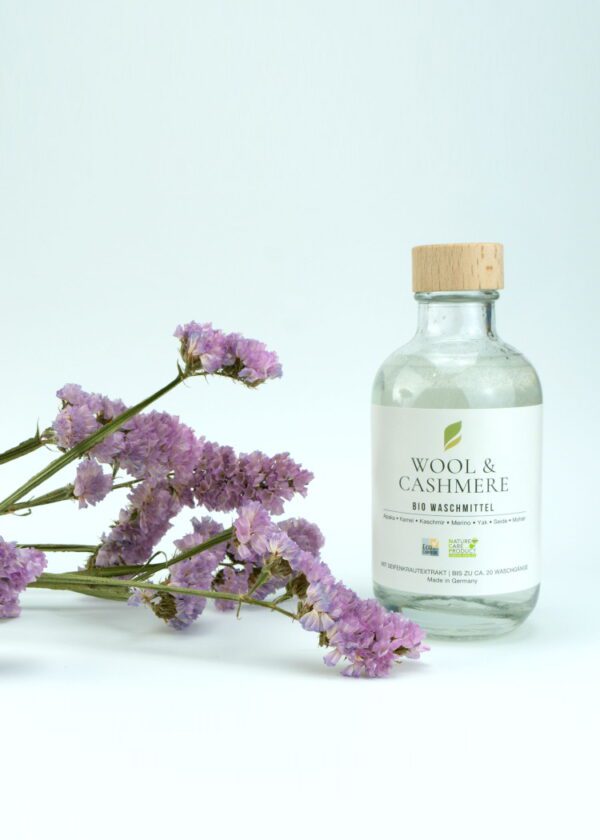
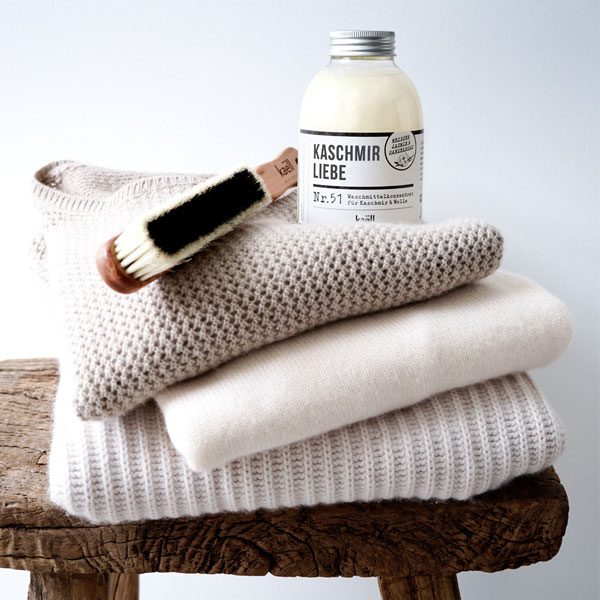
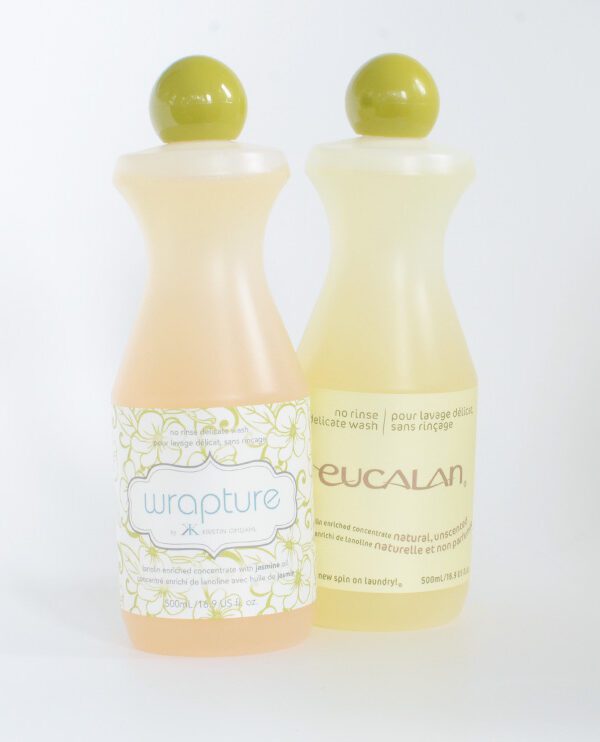

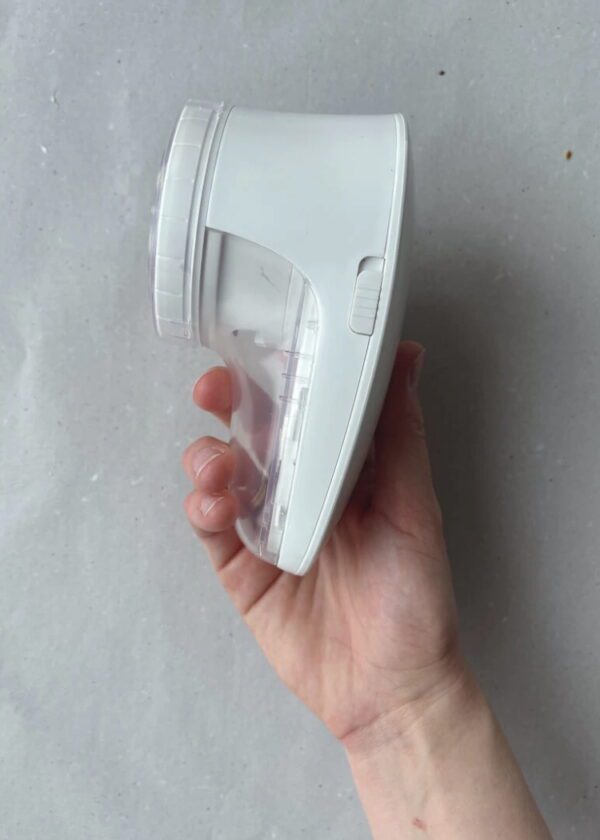




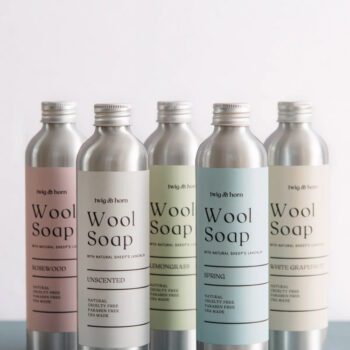

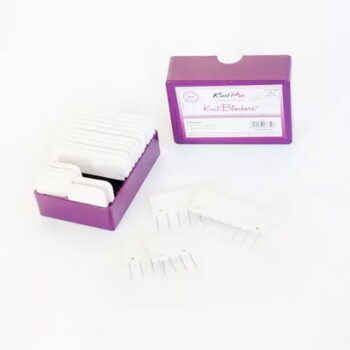




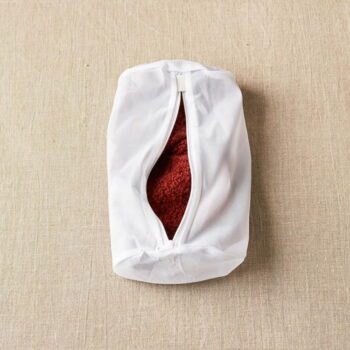
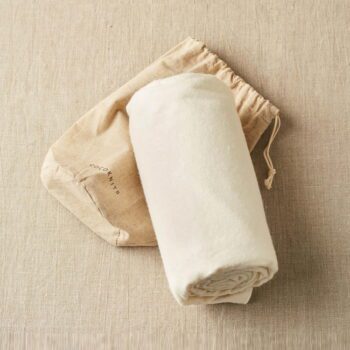


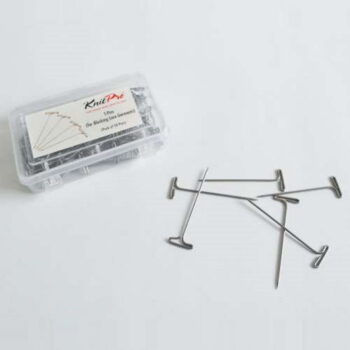
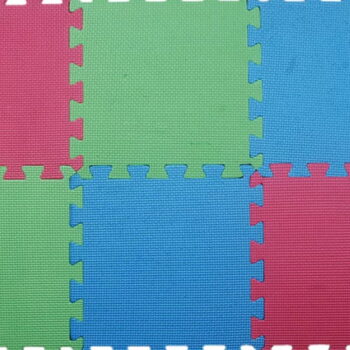

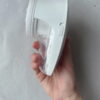

Thank you for your comment!
Please be patient until it appears on the site, as we approve all comments manually.